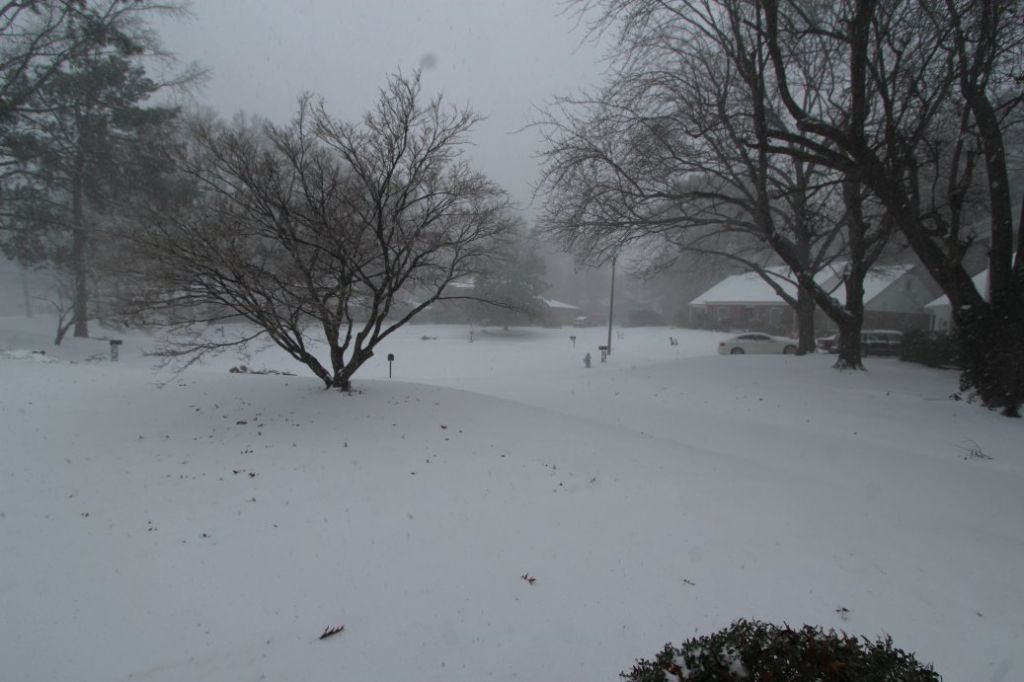I did more research last night, and also have been studying the spreadsheet that Rod sent.
It is interesting to see which helical gears are available commercially.
The inch crossed gears available here are somewhat limited, and they all have a 45 degree helix angle.
The metric teeth go by "module", and there is much more of a selection in metric.
All the metric gears have a 21.5 degree helix angle.
Information from McMaster-Carr:
For gears to mesh correctly, they must have the same pressure angle and pitch.
To change speed and torque, pair two gears with different numbers of teeth.
Crossed helical gears, also known as screw gears, can be configured to transmit motion at a 90 degree angle if paired with the same tooth direction.
Another supply site give a series of boxes on the left side of the page, and you can go down the list and select the parameters you desire.
It is interesting to note that as I go down the list and select module, and number of teeth, the list of available gears becomes identical for everything except bore diameter and left/right hand.
I mentioned this earlier, that if one were using commercial gears for the Frisco Standard, one would have to select the gear pair first, determine their center-to-center dimension, and then scale the engine design up or down to fit this dimension, which may give a very odd scale factor (I don't always use standard scale factors anyway, but just saying the design has to start with the gears and radiate outwards).
With 3D modeled gears such as the ones Jason sent me, I can scale them with impunity, and I don't have to adhere to any standard module/pitch size, or any standard gear cutter size, assuming I will cast the gears (I will be casting these gears).
I looked at diagrams indicating the triangle that has been mentioned here several times, and that is slowly starting to sink in.
So I would guess that the commercial gears that have either the 45 degree angle, or the metric with the 21.5 degree angle will mesh if they are the same module/pitch, (both must be either 45 or 21.5 degrees of course), and the same diameter gears will produce a 1:1 shaft speed ratio.
Changing shaft speed or torque with commercial helical gears seems to indicate that the tooth ratio dictates the speed ratio, since the angle is fixed for all the gears.
So it would seem that our gear example of two helical gears with the same diameter and differing too count is a bit of an oddball compared to what can be found in the commercial world ?
There is no doubt that Jason's gears work; I have the 3D prints in hand, and they do indeed mesh perfectly.
I have to guess that this configuration is perhaps not very suitable for any significant power transmission, and I think I have read that on some of the gear sites.
This is a fascinating study in gear geometry and gear terminology.
I played around with cutting one spur gear a few years ago, but I had no idea there was such a variety of gear types, and no idea that there could be so many variations within just the helical gear type.
This is a rather eye opening experience for me.
I must say I feel rather insignificant by being ignorant of most gear technology, but I am slowly catching up, and I think I will get there at some point as far as a good working understanding of helical gears and how they mesh/operate.
If my proposed bound sand method does not work for casting these gears, I will invest in the ceramic slurry process, and purchase some of the type of 3D filament that cleanly burns out. I do have a burn-out kiln, and so I can do lost-filament castings if I purchase the slurry. The slurry has a fixed shelf life, so I will have to delay the purchase until warmer weather (if the bound sand does not work). The slurry cannot be shipped in freezing weather either, since it is water-based.
Edit:
9 F here today, and that is without wind chill.
And it is snowing too. We very seldom see this kind of weather, and our houses are not designed for this weather. There are going to be a vast number of broken pipes all over town in a few days. I added light bulbs to my two outdoor hose bibs, and wrapped insulation over them, since they will freeze the pipes in the wall at this temperature without some heat.
My friends north of me tell me that 9F is a mild winter for them.
LOL, glad I don't live up north. I would not get much casting done.
Edited By PatJ on 15/02/2021 15:47:47
Edited By PatJ on 15/02/2021 15:53:09
 PatJ.
PatJ.




